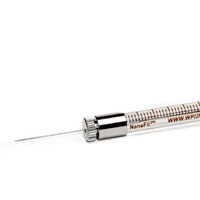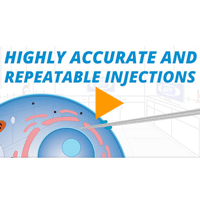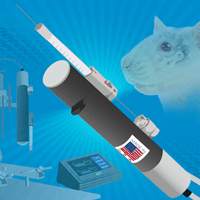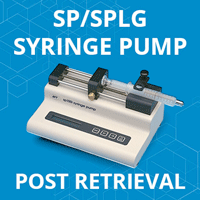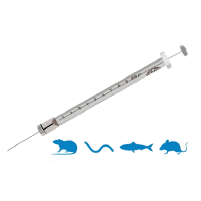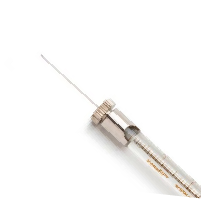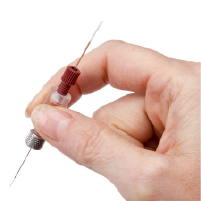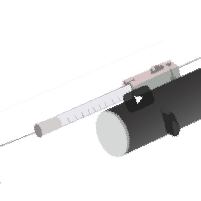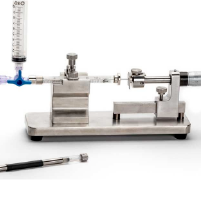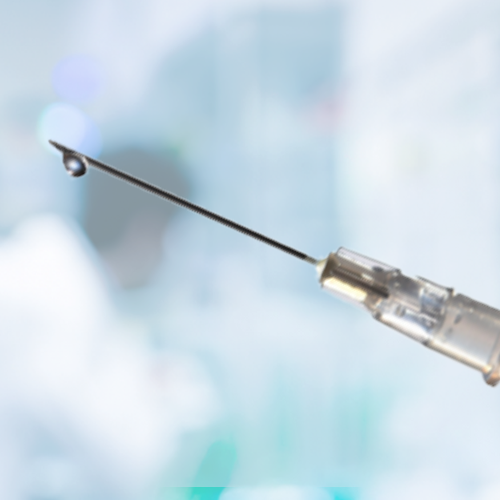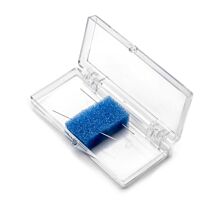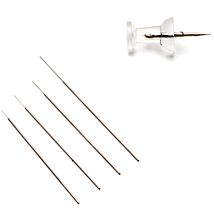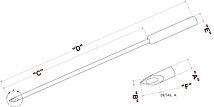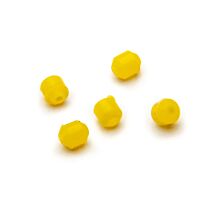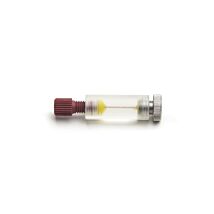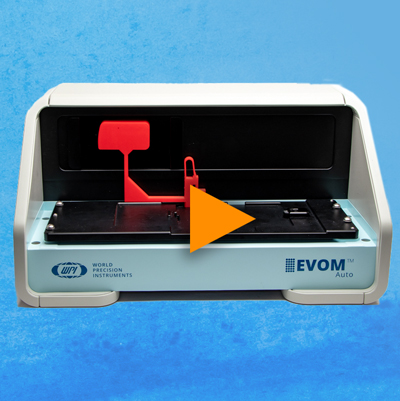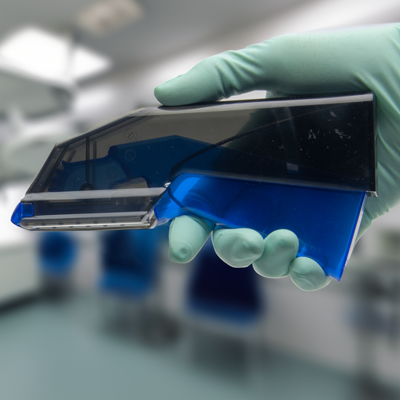This website uses cookies to ensure you get the best experience on our website.
Read more
10 Common Reasons Why Syringes Leak and What you can Do
December 08, 2023

10 Common Reasons Why Syringes Leak and What You Can Do
Leakages of your syringe can be extremely detrimental to the success of your fluid administration and overall application quality. Listed here are seven cases showing why your syringe might experiencing leakage, and how to overcome this.

 Defective Plunger Seal
Defective Plunger Seal
Sometimes, the seal of the plunger could be compromised or irregularly seated. Examine your plunger seal for any anomalies and confirm that it is properly placed. If any defects are identified, discard the syringe.
Loose Luer Lock
A common oversight when setting up your syringe is an improper sealing of the Luer lock hub of the needle, and the syringe barrel. When this happens, air enters the hub of the needle and creates separation as the syringe is engaged. Ultimately, this may result in loss of sample, and even more importantly (if injecting a living organism), the introduction of an air pocket in the injection site. To fix this, cap your needle, press firmly, and twist to ensure a tight seal. If your sample has begun to leak around the hub and barrel, it will likely be very difficult to create an adequate seal. Discard the syringe and replace it.
Needle Misalignment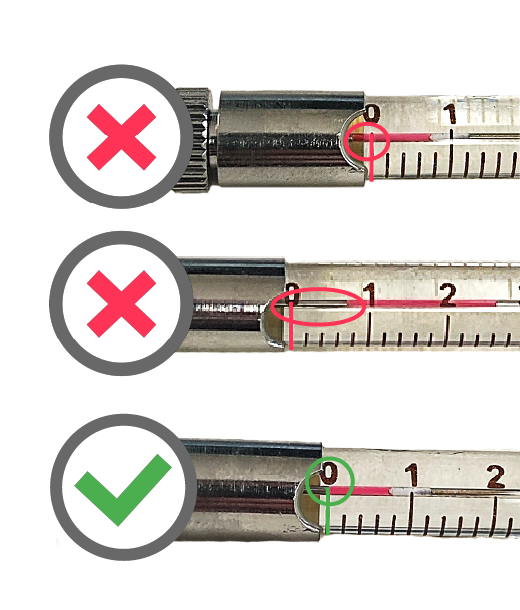
There are times you may notice that your needle appears off-center from the needle hub or syringe barrel. This is particularly notable with micro syringes. With WPI’s NanoFil™ Syringe, our unique universal needle design allows you to insert the needle directly into the barrel where the plunger comes in direct contact with the needle base, giving you a virtually zero-dead space application. Be sure to inspect the needle placement to verify that it is perfectly aligned with the 0 (zero) mark on the syringe scale to ensure there is no unnecessary gapping or over insertion. See below:
Alternatively, after frequent use of a micro syringe requiring gasket seals, this rubber gasket may become worn or overstretched. This may also create misalignment of the needle within the syringe barrel. Be sure to check the age and quality of any gaskets present. If this appears to be the issue, replace your gasket.
Barrel Crack or Damage
Sometimes a glass syringe may be damaged due to shipping, improper storage practices, and so on. You may notice hairline cracks, scratches, or glass debris within the syringe barrel. Be sure to inspect for any abnormalities as this will create significant issues in your application, and possibly harm. If any damage is suspected, discard the syringe immediately and replace it.
Overfilling
A form of improper practice with fluid handling includes overloading or overfilling your syringe with your sample. Even if a syringe can be loaded to the maximum limit, for example 10µL, it is poor practice to do so, as you risk adding stress to your plunger. Further, with greater viscosities, pressure building could result in leaking at the extreme end of your syringe. Be mindful of your volume-sample-to-syringe ratio to ensure proper functionality and fluid delivery.
Incorrect Needle Size
Often, users will experience issues delivering their sample adequately as needle size and length are inappropriate for the volume and viscosity of the sample being handled. At greater fluid viscosities, it is recommended to have a wider gauge needle to ensure the ability to draw up the fluid. Smaller gauges make it difficult to build the appropriate pressure to either front-load your syringe or inject the sample. When handling volumes below 5µL, using a needle no greater than a length of 1” is recommended.
NOTE: With longer, more flexible needles, a static effect is created with very low volume samples, especially as the needle shakes upon use. A ‘splattering’ effect is likely to occur, where you will virtually lose your sample within the needle.
Poor Quality Syringe
Purchase your micro syringes from a reputable vendor. There are many counterfeit glass micro syringes on the market that are not appropriately manufactured, tested or calibrated, resulting in incorrect volumes being dispensed. Check out WPI’s zero dead volume micro syringes, the NanoFil™, an affordable sub-micron injection system with the benefit of universal needles. Our NanoFil™ needles are made specifically for the syringe and come in gauges as fine as 36G, the smallest on the market.
If you have an questions, just give us a call at (866) 606-1974 or email us at [email protected].

Close


